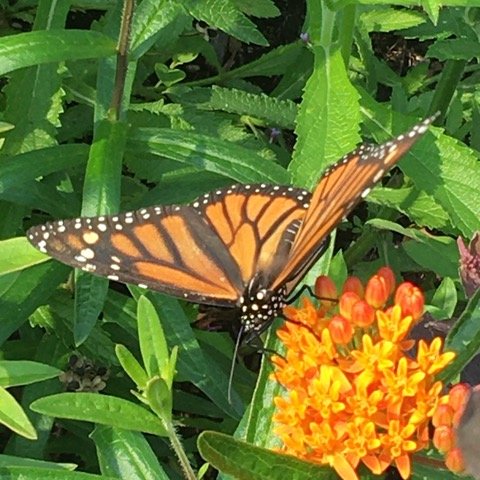Alert Disinterest
“The caterpillar sheds his skin to find a butterfly within
Caterpillar sheds his skin to find a butterfly within
First there is a mountain, then there is no mountain, then there is
First there is a mountain, then there is no mountain.”
---From song lyrics by Donovan’s There is a Mountain, Mellow Yellow album, 1967.
Alert disinterest is a state of non-attachment, a quality aimed through the practice of various disciplines, including yoga, painting and drawing, the tea ceremony, and martial arts. These are ground-centered activities. The practitioner directs their attention towards the larger context, rather than the small detail.
Dr. Mihaly Csikszentmihalyi, in his study on the psychology of people who are committed to pursuits identified with “peak experiences,” and who range from athletes and mountain climbers to surgeons and physicists, refers to this heightened condition as the “flow state.”
The flow state are paradoxical moments. Zen koans speak to this paradox. For example, “The student asks the Master, ‘What is it like to be enlightened?’ The Master laughs and answers, ‘Much worse than before!’” In another example, “A student climbs a mountain seeking enlightenment. The master prepares a tea ceremony, offering the student a cup. The master pours boiling water into the cup until it overflows, burning the student’s hands. ‘What are you doing?’ the student asks. The master replies, ‘I cannot teach you anything because you already come with a full cup.’”
Other Zen koans are as baffling. “One must concentrate on letting go,” or “one must deeply involve oneself without expectation” or “undertake an arduous journey without a goal.”
To attain the state of detachment and alert disinterest required by these various practices or art forms, the master instructs participants to perform certain exercises to focus on giving up ego-driven goals in favor of submitting to the Tao, to the dharma, or to the discipline. The Zen master wants students to achieve freedom from attachment to worldly distractions, a state that enables a practitioner to experience the world fresh and new. In this state, the practitioner, the subject, and the actions are one.
Herrigel, in his book Zen in the Art of Archery, writes, “. . . the hand that guides the brush has already caught and executed what floated before the mind at the same moment the mind began to form it. And in the end the pupil no longer knows, which of the two—mind or hand—was responsible for the work.”
Learning to pay attention to the ground is the key to alert disinterest. For practitioners, the ability to enter this state of heightened awareness, requires diligent practice. Having experienced it, however, does not guarantee one can experience it again at will. When it comes, it often seems like an unexpected gift.
There are no guarantees, only trust in the process, without expectation. The process will bring about the integration. Integration, feeling as if it involves something far greater than oneself, links it to the spiritual or cosmic awareness with which it is sometimes associated.
In the drawing and painting learning process, the pragmatic exercises provide students with an awareness analogous to the disciplined breathing exercises, the mantras, the yogic positions, the prayer rituals, and the various practical action steps that accompany spiritual practices.
In STUDIO SEEING, for example, the reader discovers the visual cues, the figure-ground complex, the forces in the field, range of marks, discussions of value, color, surface, and materials. The book introduces readers to “Plum-Level-and-Square,” and to the devices used to assist students to see the part-whole problem. An awareness of one’s own body actions, proprioception, as well as too much investment in the “thing named,” can assist the artist to see in a unified manner. It is a tall order. However, by developing ground-directed seeing, in addition to object-directed seeing, the artist has pragmatic action-tools in the toolkit.
While these pragmatic action steps are essential, they are not the goal. Too much attention to the pragmatic for its own sake leads to the solution minded technique. Such a mindset seeks to repeat previous successes, by looking for a method, rather than cultivating the state of receptivity that make alert disinterest possible.
NOTES:
Inspired by my colleague and friend, the late Charles Moone.
Mihaly Csikszentmihalyi, Flow: The Psychology of Optimal Experience (New York: Harper Collins, 1990).
Eugene Herrigel, Zen in the Art of Archery. (New York: Vintage. 1999), 46.
